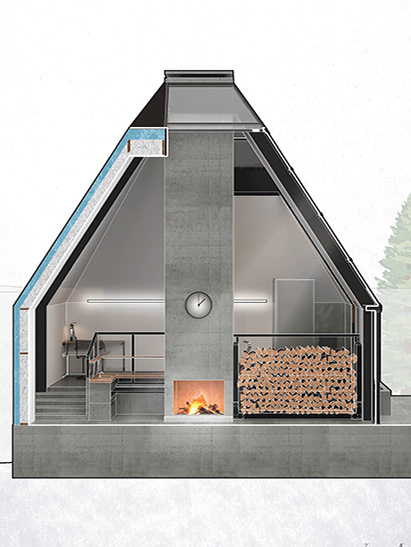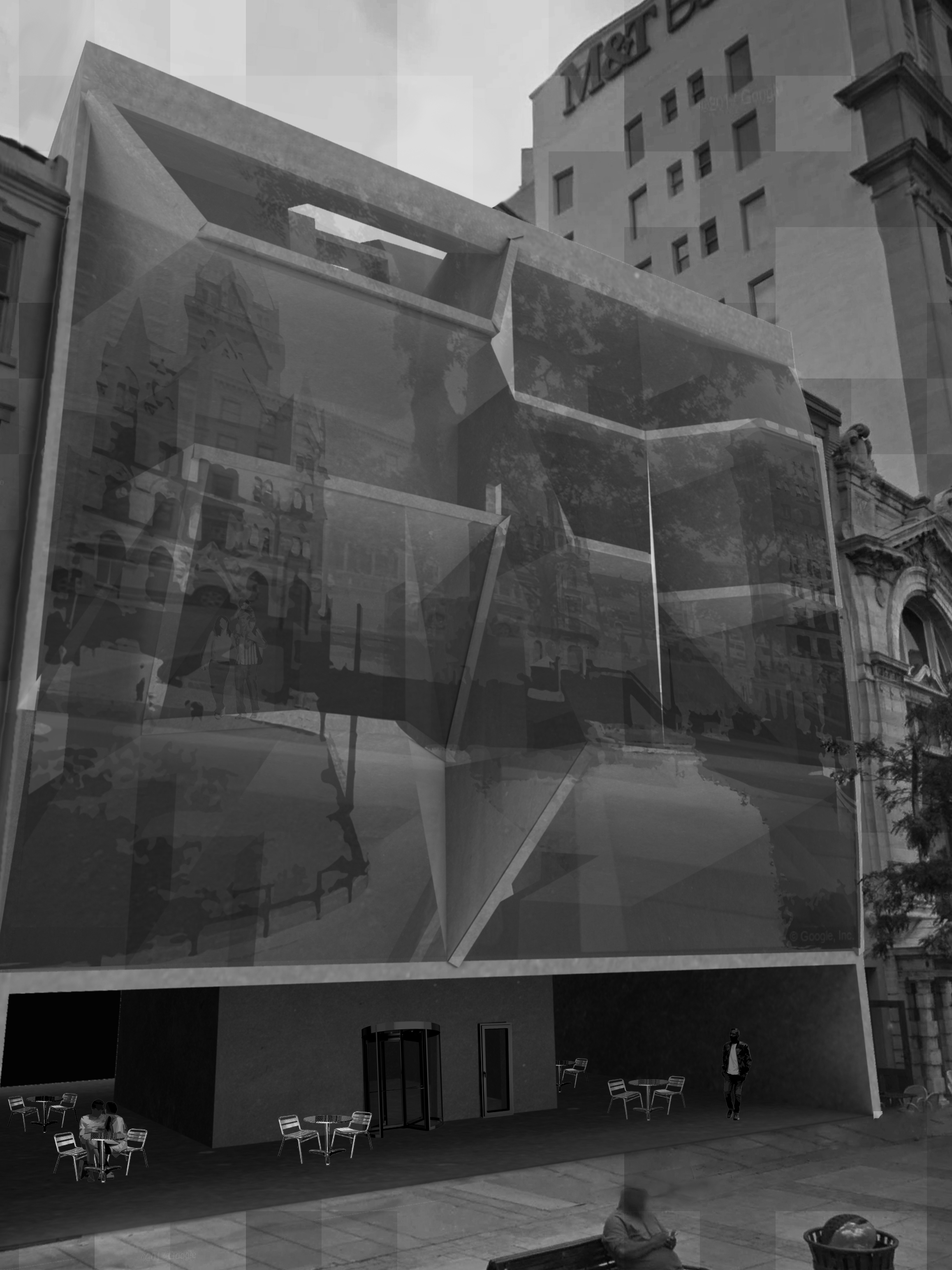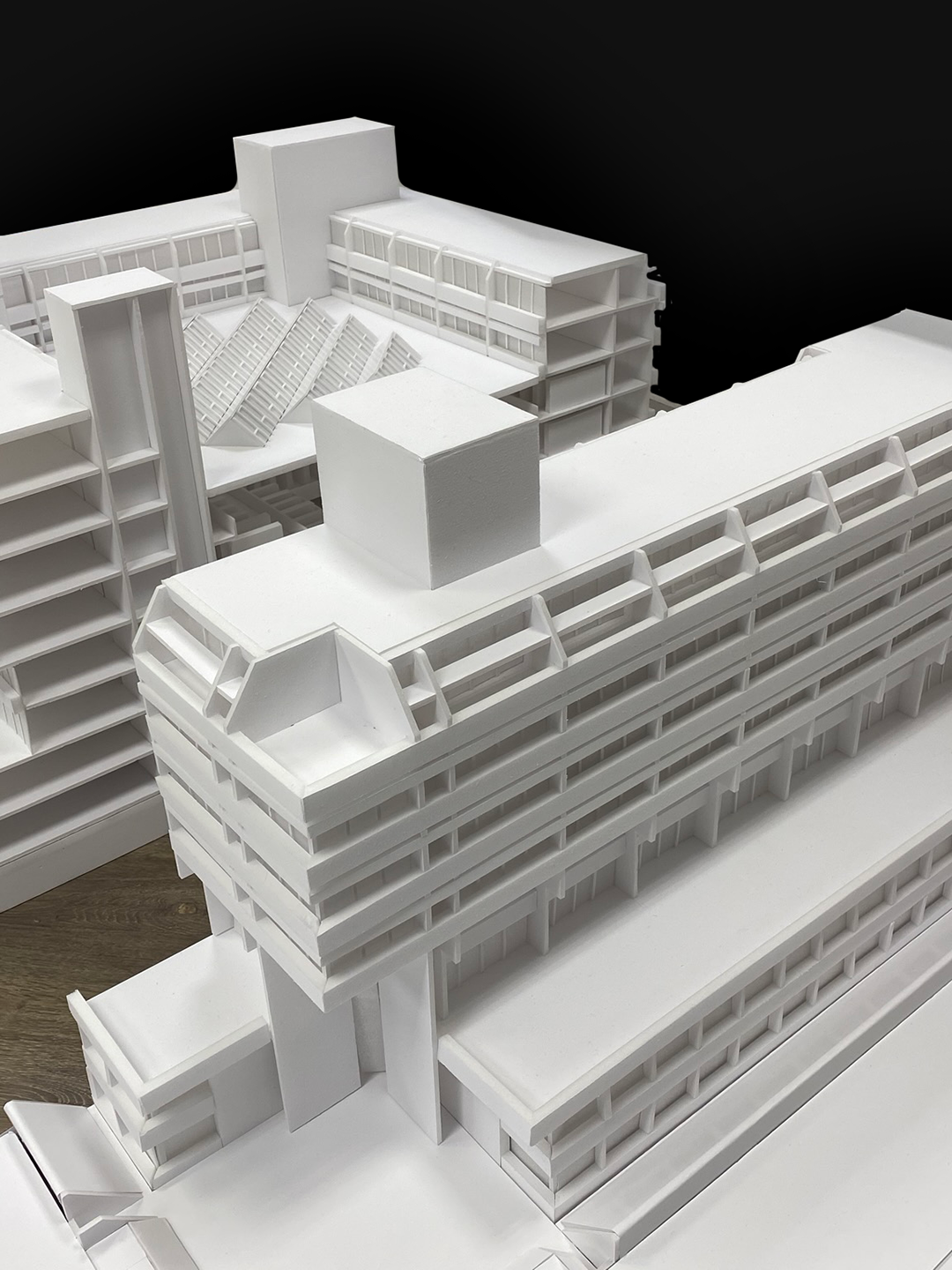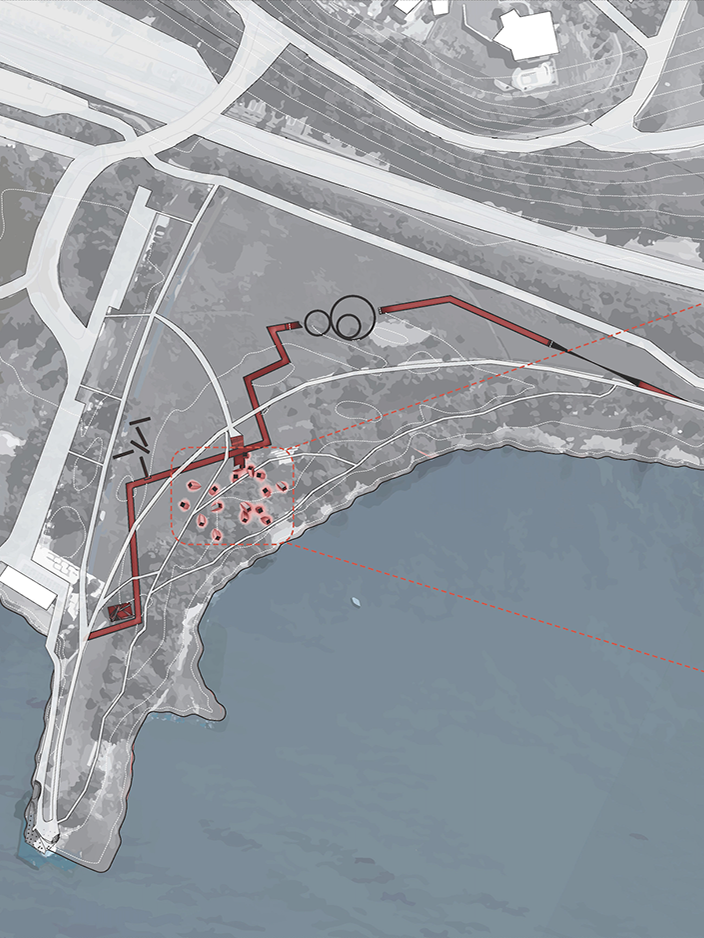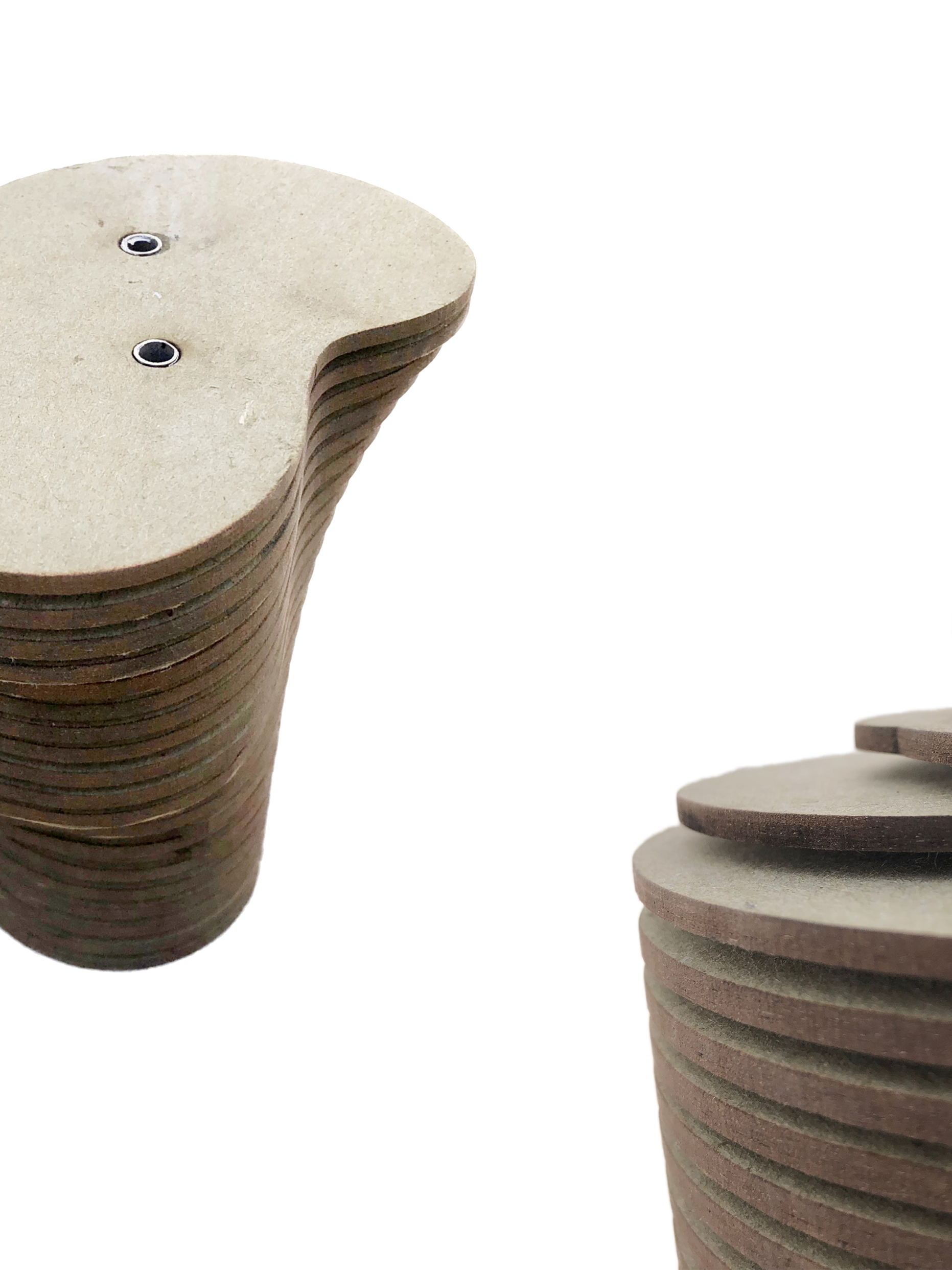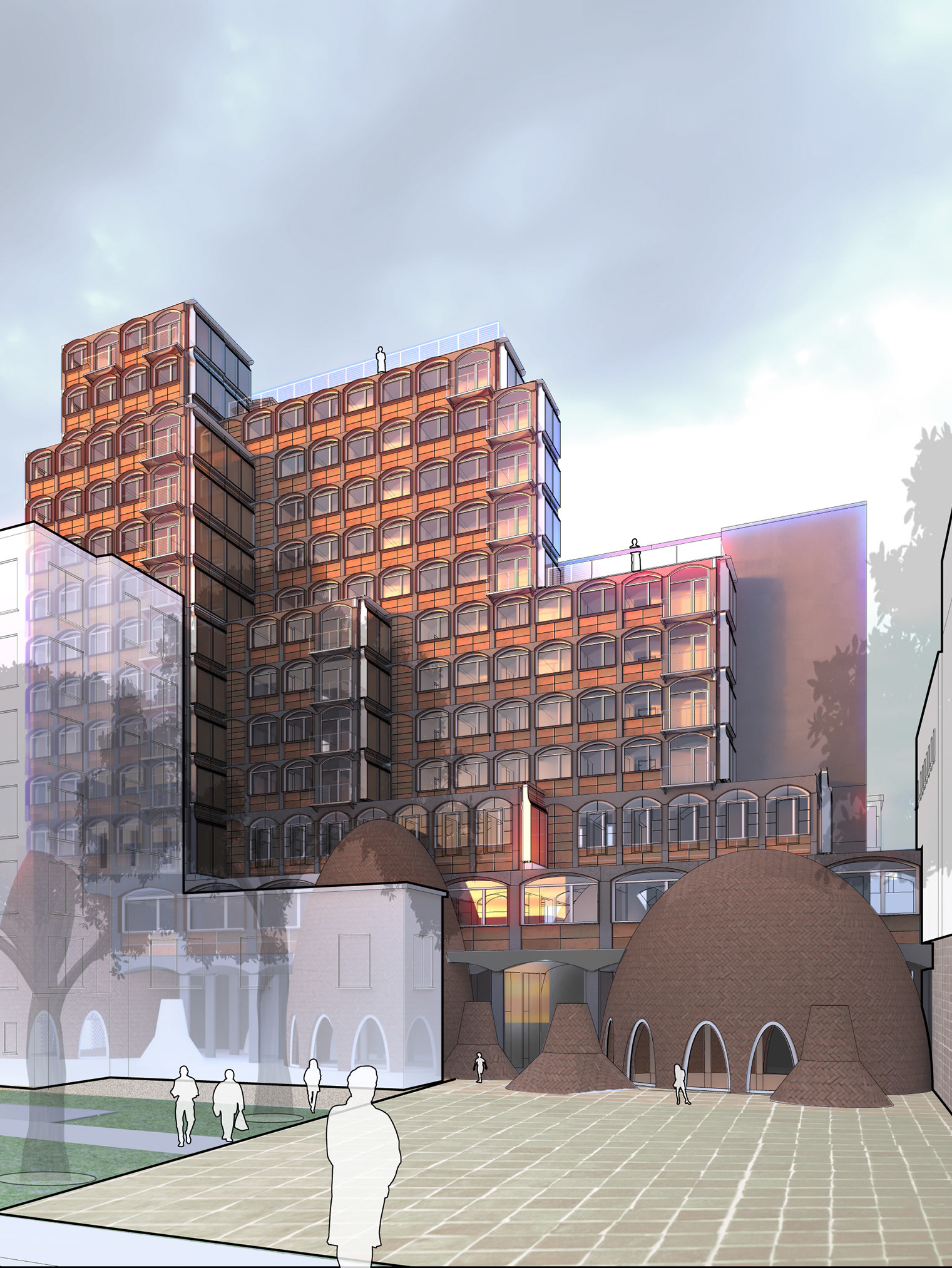2020
New York City, NY
Designed under Professor Abingo Wu
The housing needs of New York City’s senior demographic are severely underserved. Fifty-three percent of households headed by those aged between 60 and 69 pay more than 30 percent of their income on rent, a level considered to be unaffordable by federal standards, and 66 percent of households with heads over the age of 70 pay unaffordable rents by the same measure. This comes as a result of both the high cost of rental units in the City as well as the generally low incomes of seniors. According to the latest statistics from the 2011 American Community Survey (ACS), more than 19 percent of the City’s population aged 60 and older lives below the poverty level, compared to 9 percent nationally.
The Stuyvesant Town development serves as an ideal microcosm for the condition of senior housing in New York City. Having served as a bastion of affordable urban housing since its construction in the years following the end of the Second World War, its ideals have recently given way to corporate profit through the steady conversion of its 11,250 rent-stabilized units to market-rate apartments since the turn of the 21st Century. In 2001 fewer than 100 of Stuy Town’s 11,000 apartments were rented on the open market. Today more than half are; New York senator Chuck Schumer called this transformation “despicable acts of corporate greed [he had] ever seen.”
When commercial real estate company Tishman Speyer bought Stuyvesant Town in 2006, CEO Rob Speyer insisted that his organization valued the community and its constituents, only to turn his back and launch a frenzied hunt to drive up revenues. “There was a terrible feeling that the sword was going to fall,” said a retired teacher who has lived in Stuyvesant Town for 39 years. “Especially for old people who’ve lived here all their lives. It’s late to start your life all over again” (Grabar). Tishman Speyer “issued more than 1,000 eviction notices based their investigation, and, whether after a court fight or not, roughly half of these residents left."
In 2015, Stuyvesant town was purchased by the Blackstone Group under the condition that 5,000 apartments will remain rented to middle-and low-income tenants through 2035. Though this deal may have stopped the immediate affordable housing bleeding within the development, marketization of rent-stabilized apartments has fractured the community within Stuyvesant Town. Relations between long-term rent-stabilized tenants and shorter-term market tenants are tenuous, to say the least. One of the largest market-rate populations in Stuyvesant Town is its student population, as rooms are subdivided and rented out individually. Susan Steinberg, president of the Tenants’ Association, states that, “‘Instead of a place to put down roots, [students] see [Stuyvesant Town] as a stopgap... Merrick Bursuk, a writer who moved to Stuyvesant Town in 1981, was more blunt: ‘You have people who don’t give a damn. They’ll be out in two years’” (Grabar).
Through architectural intervention, I look to address how the existing site of Stuyvesant Town can be readapted to better accommodate short-term and long-term tenants, fostering a stronger sense of community through shared public space and amenities while addressing the financial woes of senior tenants by offering income opportunities through peer-to-peer housing infrastructure. By creating environments that connect tenants instead of just housing them, and allowing communities to cater to one another instead of dividing between financial and social barriers, Stuyvesant Town and its greater context can reinstill community and affordability within a city that has prioritized profit.
AXONOMETRIC VIEW OF STUYVESANT TOWN BRIDGE (YELLOW = HYBRID COMMUNAL AND CIRCULATORY SPACE, GREEN = DINING SPACE, BLUE = COMMERCIAL SPACE, RED = AUDITORIUM, PURPLE = PUBLIC KITCHENS AND SHOWERS)
The Stuyvesant Town Bridge seeks to compromise between the profit-oriented, market-rate and and the affordable, subsidized market populations. Entrances welcome guests from 14th and 1st Street into the complex, opening internally focused street frontage to the public. At the same time, entrances from within Stuyvesant Town serve tenant communities through 13 units reappropriated into public space, connecting otherwise autonomous elevator cores and hallways. The Bridge features commercial space, where one floor sells prominent designer name brands, and another features a Stuyvesant Town tenant-run startup. The auditorium features community oriented events, as well as commercial events such as concerts, aimed at generating revenue. Further inset from public entrances, community-oriented shared amenities such as public showers and kitchens seek to encourage tenants to engage in hosting through co-living platforms, increasing the efficient supply of short-term affordable housing for student populations by easing the strain on individual amenities, additionally generating a potential source of income for Stuyvesant Town’s senior hosts. By appealing to the interests of Stuyvesant Town’s affordable community as well as its market rate community, the Bridge seeks to create a domestic space that can mitigate divides between Stuyvesant Town’s divergent communities.
PLAN VIEW
UNROLLED SECTION
VIEW OF STUYVESANT BRIDGE FROM PUBLIC SPACE BELOW
VIEW OF STUYVESANT BRIDGE FROM STUYVESANT TOWN ROOFTOPS
VIEW OF HYBRID CIRCULATORY AND COMMUNAL SPACE WITH ATRIUM IN BACKGROUND
VIEW OF STUYVESANT TOWN APARTMENT CONVERTED TO COMMUNAL SPACE
Today, the mental and financial health of senior citizens is being addressed through peer-to-peer housing programs, where communities and connections can be forged between people from different walks of life. Between 2017 and 2018, the number of senior hosts operating on AirBnB rose by 1,100 percent, and according to geriatric psychiatrist Dr. Mark Agronin “Hosting others is an amazing way to share your age-given experience... It stimulates the brain through fulfilling social interactions. It gives you a sense of purpose, which in turn enhances well-being and overall health.” (Source) This is not to mention the extra revenue that peer-to-peer housing generates for retired workers. In 2017, for example, “seniors globally earned over $2 billion hosting on Airbnb, welcoming 13.5 million guest arrivals from over 150 countries,” and it turns out that they are stellar hosts at that, as “last year, 85 percent of reviews of senior hosts were five-star reviews.” (Source)
While peer-to-peer housing platforms are being taken advantage of by an increasing number of senior hosts who have the required agency over their housing to do so, many hosts in urban centers who live in rent-controlled or subsidized units do not have that ability due to housing restrictions and potential strain on limited space and amenities. The bridge seeks to address these limitations by providing a surplus of public amenities and communal spaces that escape the confines of the individual apartment unit, creating an environment that better allows 'host' and 'guest' populations to coexist.
ANALYSIS OF SENIOR-HOSTED AIRBNB SPATIAL HIERARCHY AND GUEST FEEDBACK
Research on Stuyvesant town and New York City Student and Senior population overlap, including excerpts from interviews conducted with senior Stuyvesant Town Tenants.
